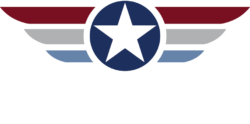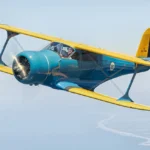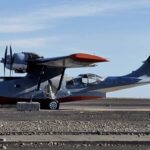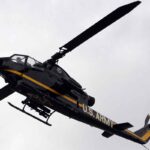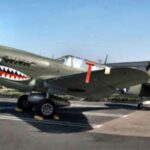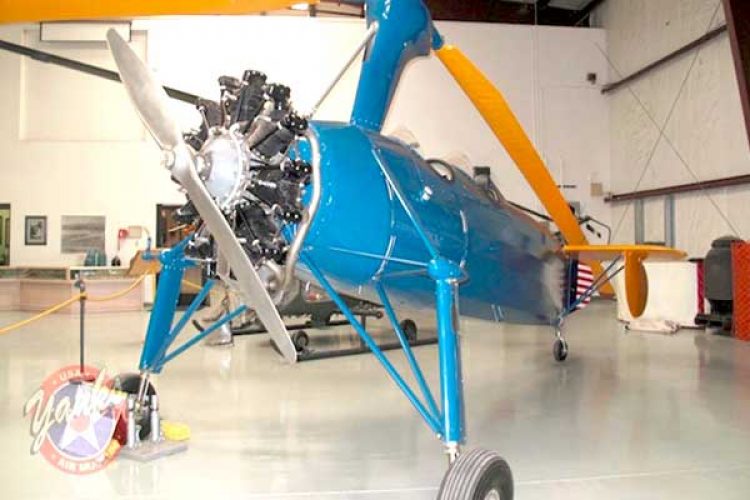
Service History
No service history available
The first successful Autogiro was created by Juan de la Cierva, and flew in January 1923. The rotors are not connected to the engine in any way, and provide lift through the phenomenon of auto rotation. Rotating both with and against the airflow, they can not stop in flight.
A problem called Dissymmetry of Lift was overcome with flexible blades, hinged to allow up and down movement, creating both lift and drag. KD-1, the “D” meaning direct control was not dependant on airspeed. The Autogiro was controlled easily with a light touch and was quite sensitive.
Modern helicopters fly at an angle of 8-10 degrees front and above. A modern day helicopter that has lost power will assume the Autogiro’s flight angle of 4 degrees front and below to land.
Seven YG-1Bs were sold to the US Army for the first rotary aircraft school in Dayton, OH in 1938. Before WWII, Autogiros were used by the US Border Patrol to patrol the US/Mexico border. This Autogiro was acquired from the Fyfield Estate and is the only surviving KD-1A of the seven made.
